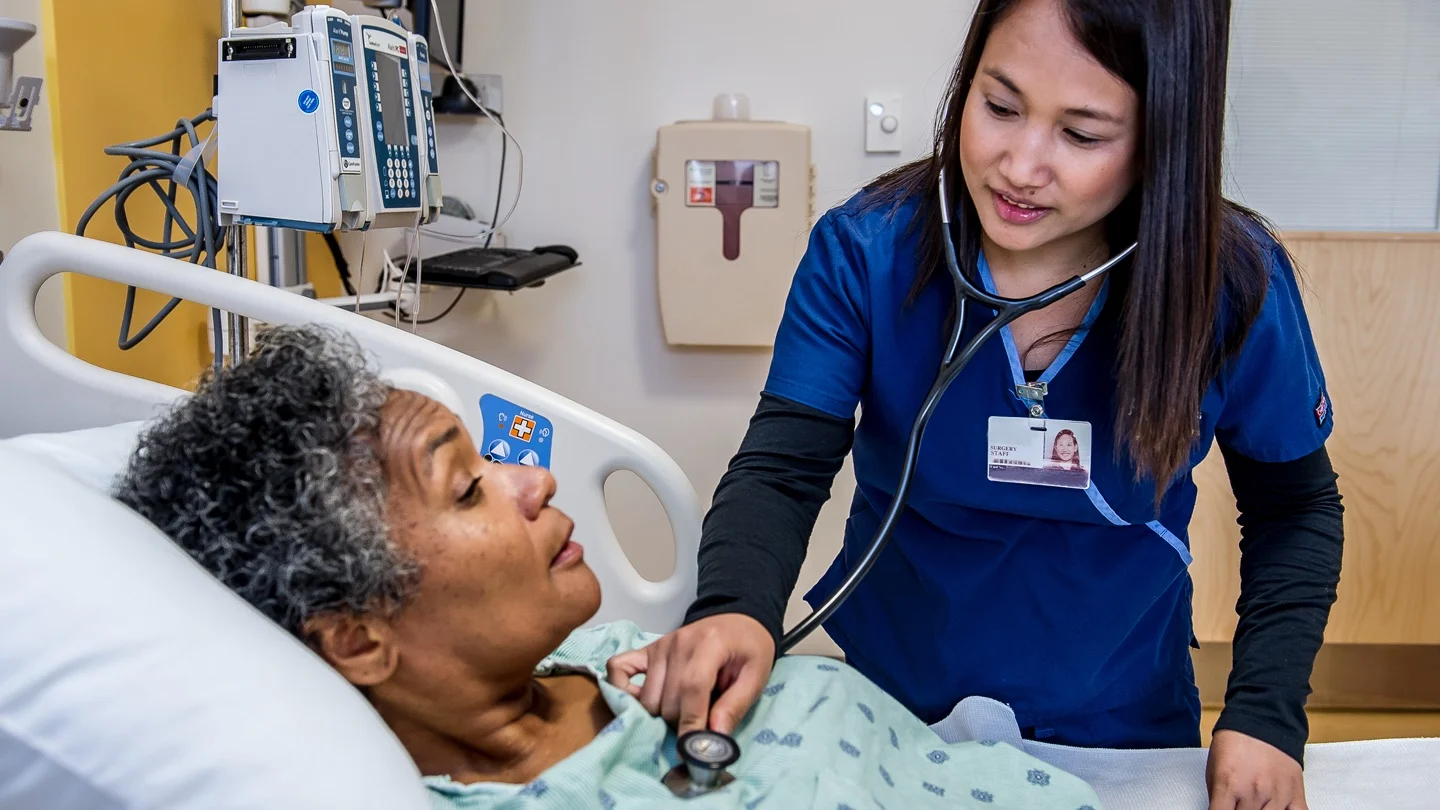Today is our topic of discussion Gastrojejunostomy Feeding. Gastrojejunostomy feeding is a specialized medical procedure used to provide nutrition to patients who cannot eat by mouth. This method allows for the direct delivery of nutrients into the jejunum, which is the middle section of the small intestine. This article delves deep into the specifics of the procedure, its indications, and essential care instructions for patients with a gastrojejunostomy tube.
Gastrojejunostomy Feeding

GASTROJEJUNOSTOMY FEEDING
Gastrojejunostomy feeding is defined as enteral nutrition is a liquid food preparation directly into the stomach or small intestine via a tube.It is an ideal method of providing nutrition for the person who is unable to swallow food and drink normally but has intact gastrointestinal function.
It is the introduction of liquid food through a tube or catheter which the surgeon has already introduced into the stomach through the abdominal wall.
Indications
- Tumors or operations on the upper gastrointestinal tract
- Cancer of the esophagus
- Stricture of the esophagus caused by poisoning in case of fistula.
- Severe Gastric Dysmotility: In conditions like gastroparesis, where the stomach does not empty its contents effectively, feeding directly into the jejunum can help in ensuring nutrient absorption.
- Reflux Diseases: In cases where severe gastroesophageal reflux disease (GERD) cannot be managed medically, feeding past the stomach can reduce the risk of aspiration.
- Post-surgical Complications: After certain types of surgeries, it might be necessary to bypass the stomach to ensure proper healing or to prevent further complications.
- Congenital Conditions: Certain birth defects might prevent food from being processed normally through the stomach.
- Cancer Treatments: Some treatments or tumors might impair normal swallowing or gastric function, necessitating direct feeding into the jejunum.
General Instructions
- It is essential that the area of the skin around the tube be kept clean and dry
- A water proof ointment such as zinc oxide may be applied around the tube to protect the skin from the irritation of the hydrochloric acid
- Foods given through the gastrostomy tube are some as those given by nasogastric tube and the same amounts are given at the same intervals.

Methods of Administration
- Intermittent feeding Given four to six times a day rather the continuously is delivered as a bolus through a longer lumen tube. Volume for formula usually 250-450 ml is placed in a large syringe and inserted into the proximal end of the tube (Fig. 14.8)
- Intermittent gravity drip: Administration delivers a similar volume 250-450 ml. of feeding over 20-30 ml. minute, four to six times a day
- Continuous administration: Delivers fluid through small lumen tube at a constant rate via orogastric and nasogastric routes. The rate of flow is carefully regulated The nurse should calculate the amount of fluid to be infused during an hour and regulates the infusion pump accordingly.
Preliminary Assessment
- The doctors order for any specific instruction
- Level of consciousness of the patient
- Self-care ability of the patient
- Mental status to follow instructions
- Articles available in the unit.
Operation of the Patient and Environment
- Explain the sequence of the procedure
- Provide privacy
- Arrange the articles at the bedside
- Place the patient in a comfortable position
- Keep the environment clean and tidy
- Keep ready with feed to be given.

Equipment
- A clean tray containing:
- A funnel, rubber tubing, glass connection screw and a
- clamp
- A glass of drinking water
- Required amount of fed, temperature 100°F
- Sterile lubricant to protect surrounding area
- Sterile dressing and forceps in a dressing tray
- Medicine as per odor
- Kidney tray
- Many tailed binder if required Mackintosh and towel
- Stethoscope
- Syringe.
Read more:
